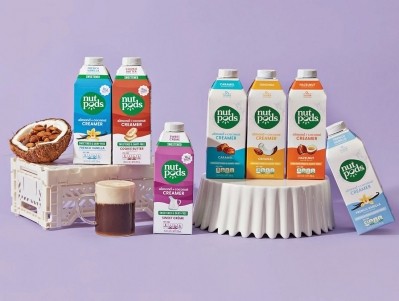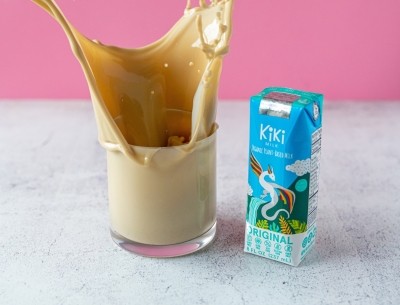IFT First preview
Oat milk under the microscope: Research presented at IFT analyzes the popular beverage

At IFT First in Chicago later this month, researchers from across the country will present on the nutritional impact of different oat lines and components, processing and packaging on oat-based beverages and foods.
Their findings could help enhance the appeal of oat-based beverages, their nutritional benefits and shelf-life – all of which consumers consider when evaluating purchases in the increasingly crowded plant-based beverage category.
Beyond basic health benefits
Recognizing that a top sales driver of oat-based beverages in the US is the health halo they wear thanks in large part to the high fiber content of their star ingredient, several researchers looked at the potential or veracity of other contributors to the beverage’s health status.
For example, Clair Noack, a research assistant at Stuben Foods considers whether “less well known” avenanthramides (AVNs), which are “functional low-molecular-weight phenolic compounds unique to oats among cultivated grains,” might also be present and convey benefits in commercially available oat milks in the US.
In a poster she is presenting at IFT, Noack shares how she tested 10 commercially available oat milks, which she freeze-dried into a powder to extract the AVNS. She found all milks contained some AVNs but their content varied, which she hypothesized was due to “the difference in oat varieties, processing techniques and overall oat concentration.”
She also notes that AVNs are heat sensitive can degrade during high-heat processing.
Based on her findings, she recommends that “AVNs should be included along with beta-glucan as a health benefit of consuming oats and oat milks.”
Researchers with the University of Minnesota also analyzed the health benefits of oat, but focused on protein profiling and did not limit the application of their findings to oat beverages.
Noting rising consumer interested in demand for sustainable, nutrient-dense foods, the team chose to study oats because of their high content of protein (15-20%), unsaturated fatty acids, soluble fiber and antioxidants.
They screened 200 diverse oat lines for protein profile differences, quality and functionality. Based on this initial screening, they identified a smaller subset of 53 oat lines that will be further sequenced to identify protein characteristics as they correlate with genotype and growing location, which could ultimately influence functional value of finished products.
How processing impacts functional benefits
Unrelated, but in line with Noack’s suggestion that processing could impact the health benefits of oat milk, several researchers will present analysis of the impact of different processing techniques on oat milk.
Two researchers with the Florida International University examine the effect of high pressure processing on raw oat milk and how it impacts the beverages’ bioactive compounds, sensory properties and protein function compared to thermal processing.
The team prepared an oat milk from oat flour soaked in water and blended at high sheer, rather than testing commercially available options.
They found that HPP helped retain the sensory experience of oat milk and could help inactivate enzymes and mycotoxins. However, spore forming bacteria “may still be of concern,” and additional research is necessary.
Researchers at The Ohio State University College of Food, Agriculture, and Environmental Sciences also looked at the effects treatment on oat-beverages, but from the other end of the thermal spectrum.
Specifically, they analyzed the effects of preheat treatments on fouling rates of oat-based beverages during thermal processing, which they measured using nanoscale instruments, including quartz crystal microbalance with dissipation.
They found preheat treatments reduced fouling rates by 80% and no significant difference between preheating hold times, ranging from 0 to 60 minutes.



















